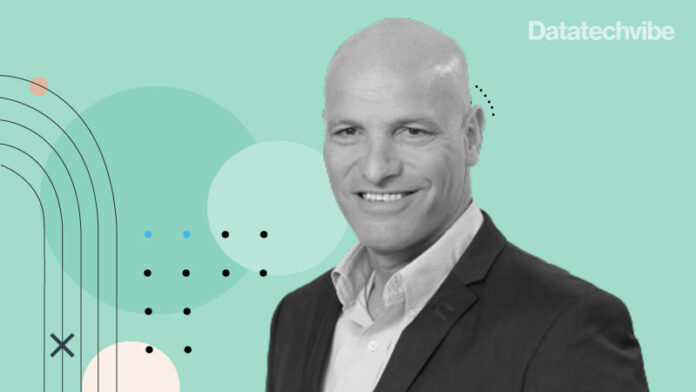In an exclusive interview, Dr Oren Eytan, CEO at Odix, discusses how their patented technology disarms malicious code from files.
What are some of the unique features of Odix for malware protection of networks?
Dr Oren Eytan: Odix offers a unique blend of enterprise-level deep file inspection protection options focusing on the on-premises market and a range of specialised content disarm and reconstruction (CDR) based security add-ons for the Microsoft 365 and exchange online ecosystem. As a result, our range of solutions is ideally suited for both enterprise businesses and SMBs. With the launch of FileWall, our flagship security add-on protecting Microsoft 365 users, our biggest advantages are with the single click deployment, zero maintenance, and fantastic price point. Our products offer broad admin transparency and granular policy options for enterprise customers to ensure the highest level of risk visibility across networks—systems analysis.
What are some of the industrial sectors that Odix cater to?
Eytan: Our products have been used and proven across a broad spectrum of industries, including; energy, chemical, insurance, government, health, timber, banking, etc.
What are some common customer pain points, which Odix helps large and small businesses to overcome?
Eytan: Customers are facing a complex battle. On the one hand, there is no lack of highly rated and used cyber tools out there, other, many of these advanced security solutions are commonly bypassed by newly created or released malware (zero-day attacks) daily. It’s an uphill battle trying to piece together the right solutions and price points to meet the evolving security needs.
We design a dynamic range of on-prem and cloud-based CDRsecurity solutions that work with existing security mechanisms while adding an essential protection layer from malware. Our technology purges zero-day attacks embedded malicious content and other malware undetectable commonly used security products to provide end-users assurance that the files they access are safe.
Can you give us a sneak peek into some of the upcoming product upgrades?
Eytan: We have just released a critical update that blocks suspicious HTML attachments to our core products. We understand that more and more malware forms are being sent via HTML and consequently saw a need to create a whitelist to exclude malicious URLs which can be blocked by default. In practice, this addition to our deep file inspection process significantly scales up the malware prevention capabilities of our products, ensuring the end-user can always access a malware-free file after sanitisation.
Also Read: Relevant Behavioural Data is Key to Engage With In-Market B2B Prospects
Give three essential tips that can strengthen an organisation’s information security program?
Eytan: In attempting to alter the attack surface and mitigate cyber and IS risk, organisations should mandate information security education for all employees at regular intervals, actively apply known system patches before integration issues arise, and finally, demystify IS risk by ingraining IT members at each level of the business.
How can businesses chalk down their risk management lifecycle, and why do they need to review it as they grow?
Eytan: Businesses need to have a strong appetite for dialogue and appreciate their designated risk management strategy to ensure broad cooperation for critical players, from the boardroom to the sales team. By clearly communicating acceptable cyber risk, technical and practical solutions to mitigate evolving risk profiles become tangible possibilities. With this stated, risk appetites change, and as a result, understanding of viable technologies and practical solutions to risk management must respond in kind. From personal experience, I can say that when an organisation is in growth mode, the need to refer back to this protocol constantly can be the difference between effectively managing risk and generating a problem that has turned into an institutional issue, which we would try to avoid at all costs.
What is your leadership motto?
Eytan: ‘Success is not final; failure is not fatal: it is the courage to continue that counts.’ – Winston Churchill









